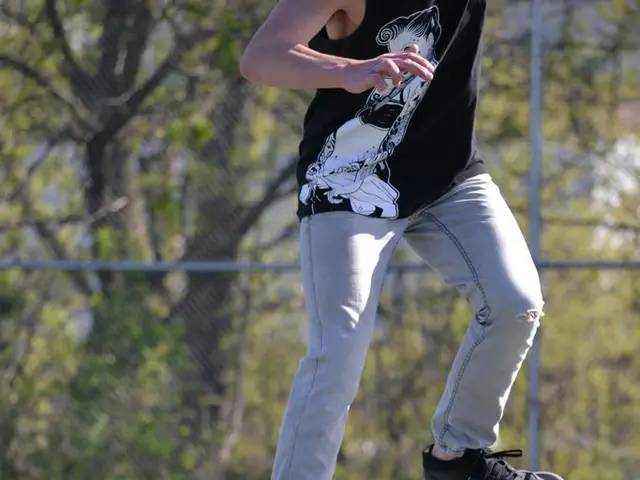Base Makes Change: Aviano Now Utilizes Different HH-60 Variants in Golf and Whiskey Services
Revamping the Search and Rescue Mission: The Departure of the Pave Hawks and Arrival of the Jolly Green IIs
The venerable HH-60G Pave Hawk helicopters, a key part of the US Air Force's search and rescue operations, have bid farewell to active duty. The 31st Fighter Wing at Aviano Air Base, Italy, carried out its last mission on December 18, paving the way for the introduction of the next-gen HH-60W Jolly Green IIs.
US Air Forces in Europe announced this transition with a press release, noting that the wing's first HH-60W, commonly known as "Whiskey," touched down on December 13. Aviano Air Base is the sole USAF base in Europe or Africa to house combat search-and-rescue helicopters.
Col. Beau Diers, the 31st Fighter Wing's deputy commander, commented, "[The HH-60Gs] provided countless lifesaving operations around the globe. As we transition to the HH-60W, we remember the G's proud history while looking forward to an even brighter future with increased combat capabilities."
The Air Force is gradually phasing out its HH-60G fleet, referred to as "Golds," with 37 aircraft expected to retire in fiscal 2024 and another 12 in fiscal 2025. Following Aviano, Kirtland Air Force Base in New Mexico retired its last HH-60G in December and the 106th Rescue Wing at Gabreski Air National Guard Base in New York completed its conversion to the HH-60W by October. Kadena Air Base in Japan welcomed its first HH-60W in January and retired its last G model by August.
The Pave Hawks, which have been in service for nearly 30 years, have excelled in both peacetime rescues and global conflicts. The Jolly Green IIs, their upgraded successors, boast advanced avionics and communications, extended range, superior self-defense systems, expanded onboard space, and increased life-saving capabilities for pararescue teams.
As the Air Force braces for potential confrontations with China, there are concerns that short-ranged, slow-moving rescue helicopters may be vulnerable to enemy fire in contested airspace over the expansive Pacific Ocean. Air Force leaders have capped the HH-60W fleet size at 75 aircraft, down from their original plan of 113.
However, rescue experts have challenged this decision, citing the rescue community's history of operating in contested environments, the 60W's impressive capabilities, and the lack of suitable alternatives to carry out these vital missions. In the 2024 budget, Congress granted additional funds for 10 extra combat rescue helicopters, expanding the HH-60W fleet to 85. Preliminary drafts of the 2025 budget suggest an additional 2 to 5 helicopters may be added.
In the grand scheme of modernization, the move from Pave Hawks to Jolly Green IIs signifies the Air Force's commitment to maintaining cutting-edge capabilities for its search and rescue operations.
- The departure of the Pave Hawks opens a new chapter in the aviation industry, as the US Air Force introduces the next-gen HH-60W Jolly Green IIs for search and rescue missions.
- The finance sector has shown support for the Air Force's modernization, granting additional funds for 10 extra combat rescue helicopters in the 2024 budget.
- The advanced self-defense systems and expanded onboard space of the Jolly Green IIs make them better suited for transportation in contested airspaces, such as the expansive Pacific Ocean.
- The space sector could potentially benefit from innovations in aircraft design inspired by the Jolly Green IIs, as both fields rely on advanced avionics and communications.








